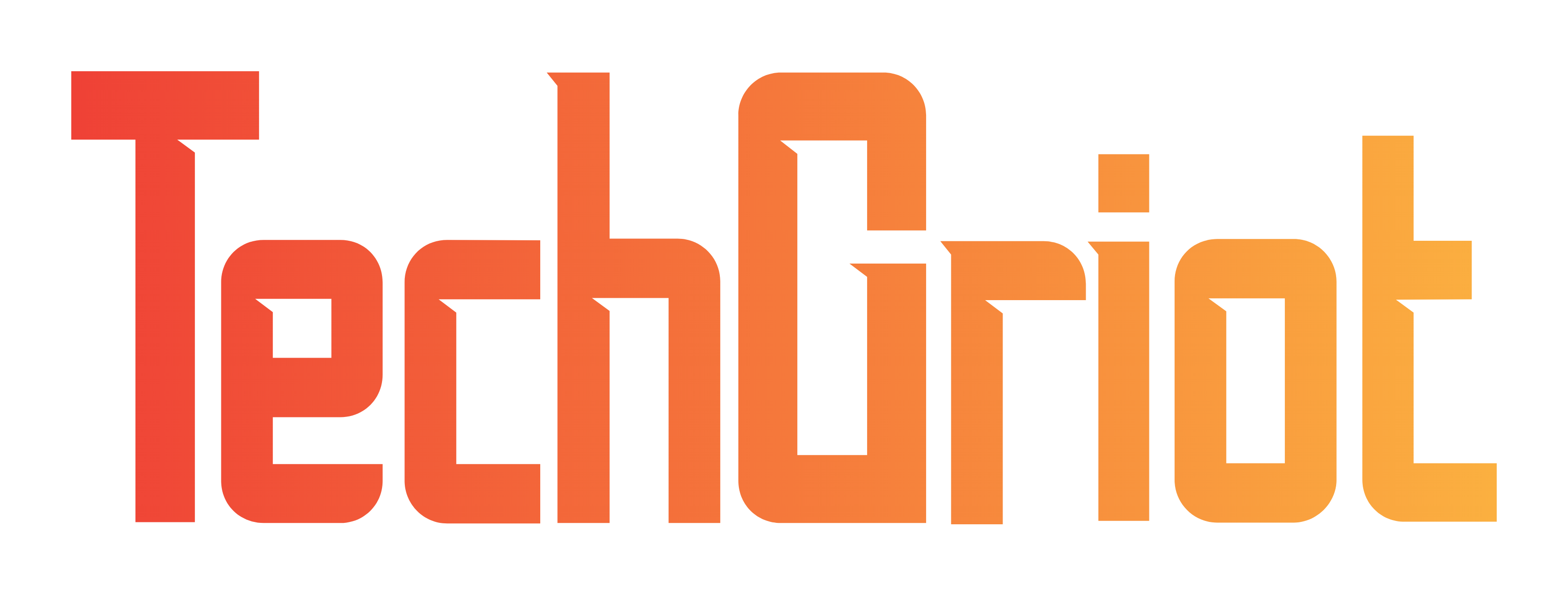
Google’s creative AI: fast, impressive… and tightly controlled. End of human creativity or the dawn of a new era?
Cliquez ici pour lire en français
Every year, Google I/O offers a glimpse into the future of tech. But in 2025, it’s not just about the future — it’s about a fundamental shift. AI is no longer just a tool; it’s becoming the engine of creativity, capable of generating stunning images, videos, and music on demand. Names like Imagen 4, Veo 3, Flow, and Lyria 2 are buzzing across the industry — and for good reason. These tools are reshaping how professionals and everyday creators approach content.
magen 4: Pixel-perfect images, faster than ever 🖼️
Imagen 4 isn’t just an upgrade — it’s a leap. Google’s latest image generation model delivers hyper-detailed visuals, from the texture of fabric to glistening water droplets and realistic fur. It supports everything from photorealism to abstract styles, with outputs in crisp 2K resolution — perfect for print or high-def projection.
The real game-changer? Legible, aligned text on generated visuals. No more warped fonts or gibberish headlines — you can now generate presentation-ready slides or posters without needing a design tool. Plus, it’s up to 10x faster than its predecessor, with generous quotas for pros using Vertex AI.
Security-wise, every image is watermarked with SynthID, ensuring traceability and tackling misinformation head-on. Imagen 4 is already integrated across Google’s ecosystem — from Gemini to Workspace — making professional-grade visuals more accessible than ever.
Veo 3: AI-generated video — now with sound ! 🎬
Veo 3 is Google’s latest bet in generative video, and it comes with a major twist: native audio generation. That means synchronized sound effects, dialogue, and ambient noise created right alongside the visuals.
The model processes text prompts with remarkable precision, turning simple descriptions into short, cinematic clips complete with camera movement and realistic soundscapes. Internal benchmarks show Veo 3 outperforming competitors in video quality, audio-video sync, and scene realism.
Right now, Veo 3 supports clips up to 8 seconds via Flow, with longer outputs available through enterprise APIs. It’s available to Ultra subscribers and on Vertex AI, positioning itself as a powerful tool for rapid prototyping, ad campaigns, and even film previsualization.
Flow: A no-code virtual film studio🎥
Flow ties everything together. It’s a platform where creators can write out scenes in plain English, choose camera angles, characters, and let AI handle the rest — visuals, video, and even music.
Think of it as a no-code movie studio. Storyboarding, animatics, rough cuts — all powered by AI and done in minutes. Flow merges the strengths of Veo, Imagen, and Gemini into one intuitive interface for agencies, solo creators, and storytellers alike.
It’s more than a demo — it’s a potential standard for future audiovisual production, giving users full control over assets, camera shots, and creative direction without writing a single line of code.
Lyria 2: Soundtracks generated in real time 🎵
On the audio front, Lyria 2 (and its RealTime variant) brings high-quality music generation into the mix. With just a short prompt, users can control tempo, style, and key — all in real time — delivering studio-level output at 48 kHz stereo.
Designed for both professional musicians and content creators, Lyria 2 powers apps like MusicFX DJ, AI Studio, and even YouTube Shorts. As with other tools in Google’s lineup, every track is marked with SynthID to verify its AI origins and protect copyright holders.
The ability to generate music on the fly — especially for videos made in Flow — opens up new creative workflows across industries.
What it all means: creative superpowers, with caution required 🚦
These aren’t just new features — they’re tectonic shifts in how creative work gets done. Filmmakers, advertisers, and musicians can now storyboard, animate, and score their projects faster and more affordably than ever. Independent creators suddenly have access to tools once reserved for studios with million-dollar budgets.
But alongside this new creative freedom comes a wave of ethical questions. How do we deal with misinformation when anyone can generate ultra-realistic content in seconds? How do we protect artists when styles and voices can be mimicked at scale?
Google is tackling some of these concerns with SynthID and a new detection portal designed to verify whether a piece of content was AI-generated. In a world where deepfakes and AI disinformation are growing threats, transparency and traceability are no longer optional — they’re essential.
With Imagen 4, Veo 3, Flow, and Lyria 2, Google isn’t just pushing boundaries — it’s building a new creative pipeline: faster, more open, and more secure. The lines between pro and amateur are blurring, and the tools of tomorrow are already here. Whether this marks the decline of traditional creativity or the rise of a new artistic renaissance is still up for debate.
What about you? Do these AI tools feel like creative liberation — or something more worrying? Let us know what excites you or concerns you most in the comments.
📱 Get our latest updates every day on WhatsApp, directly in the “Updates” tab by subscribing to our channel here ➡️ TechGriot WhatsApp Channel Link 😉







